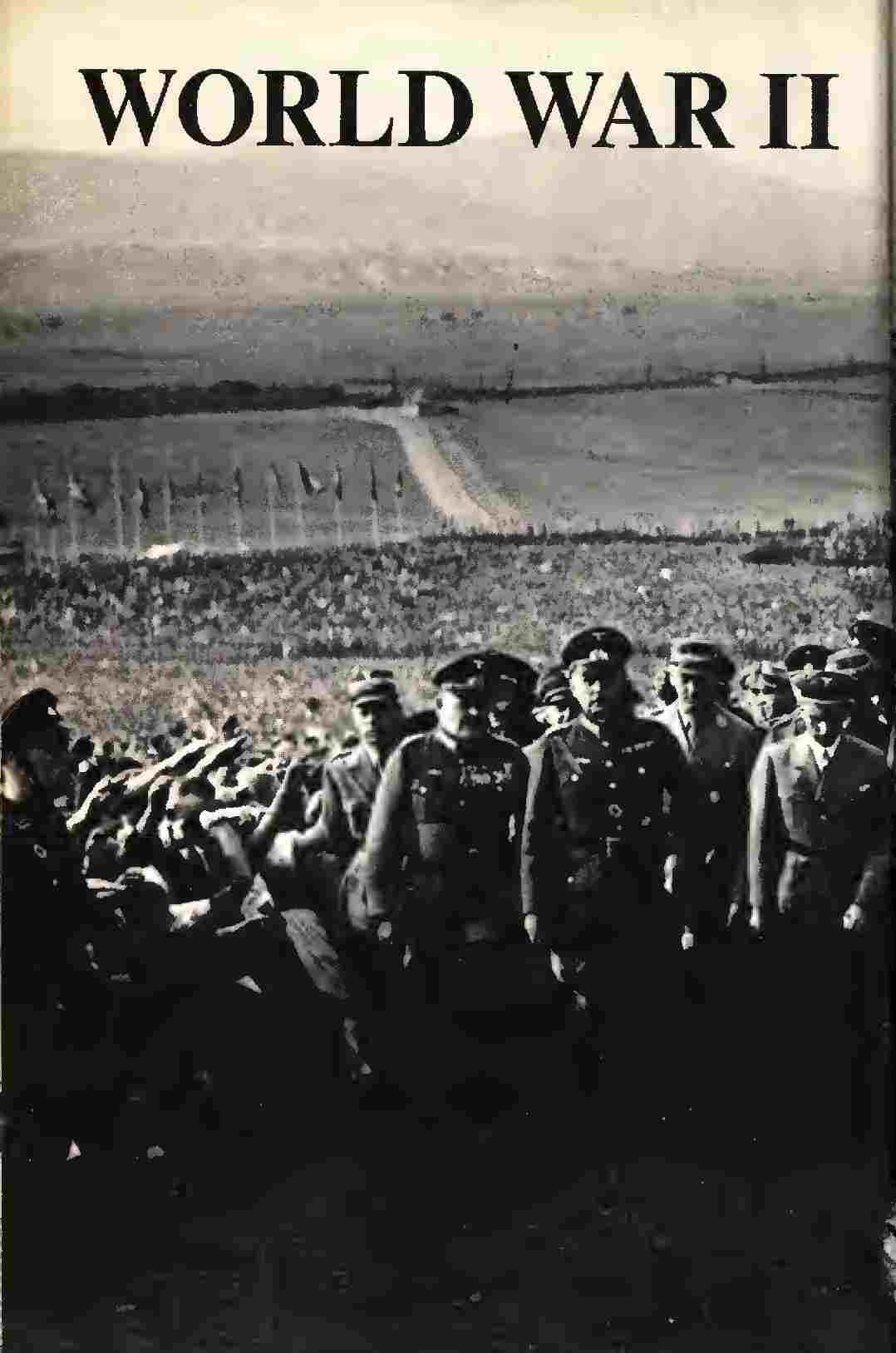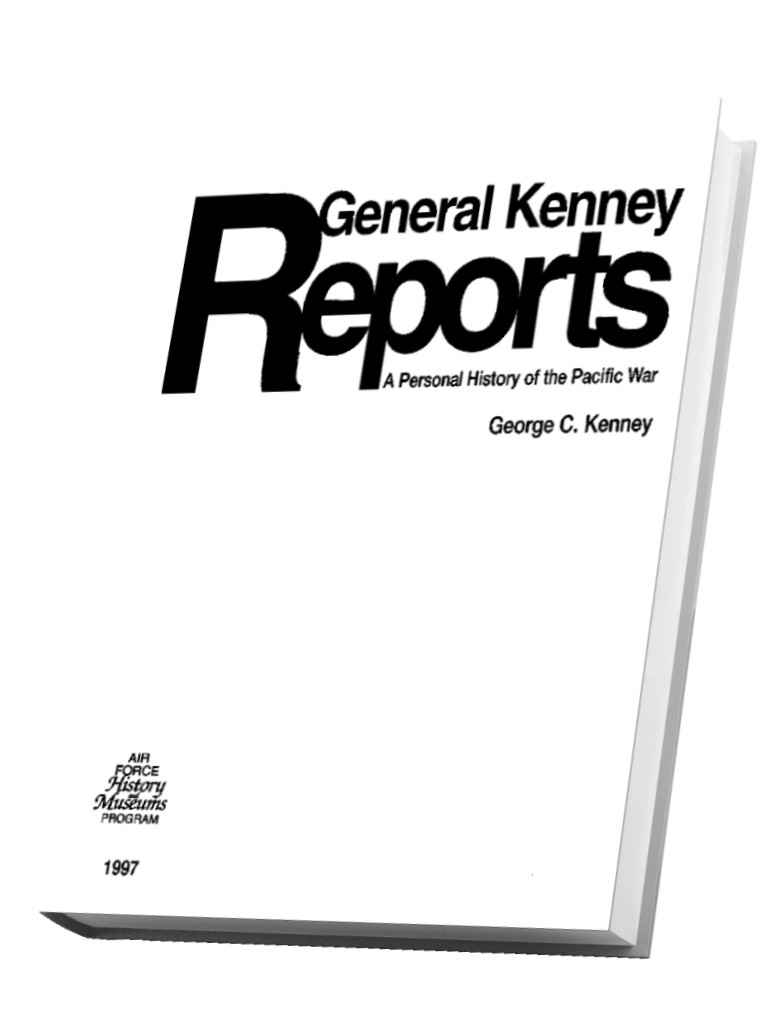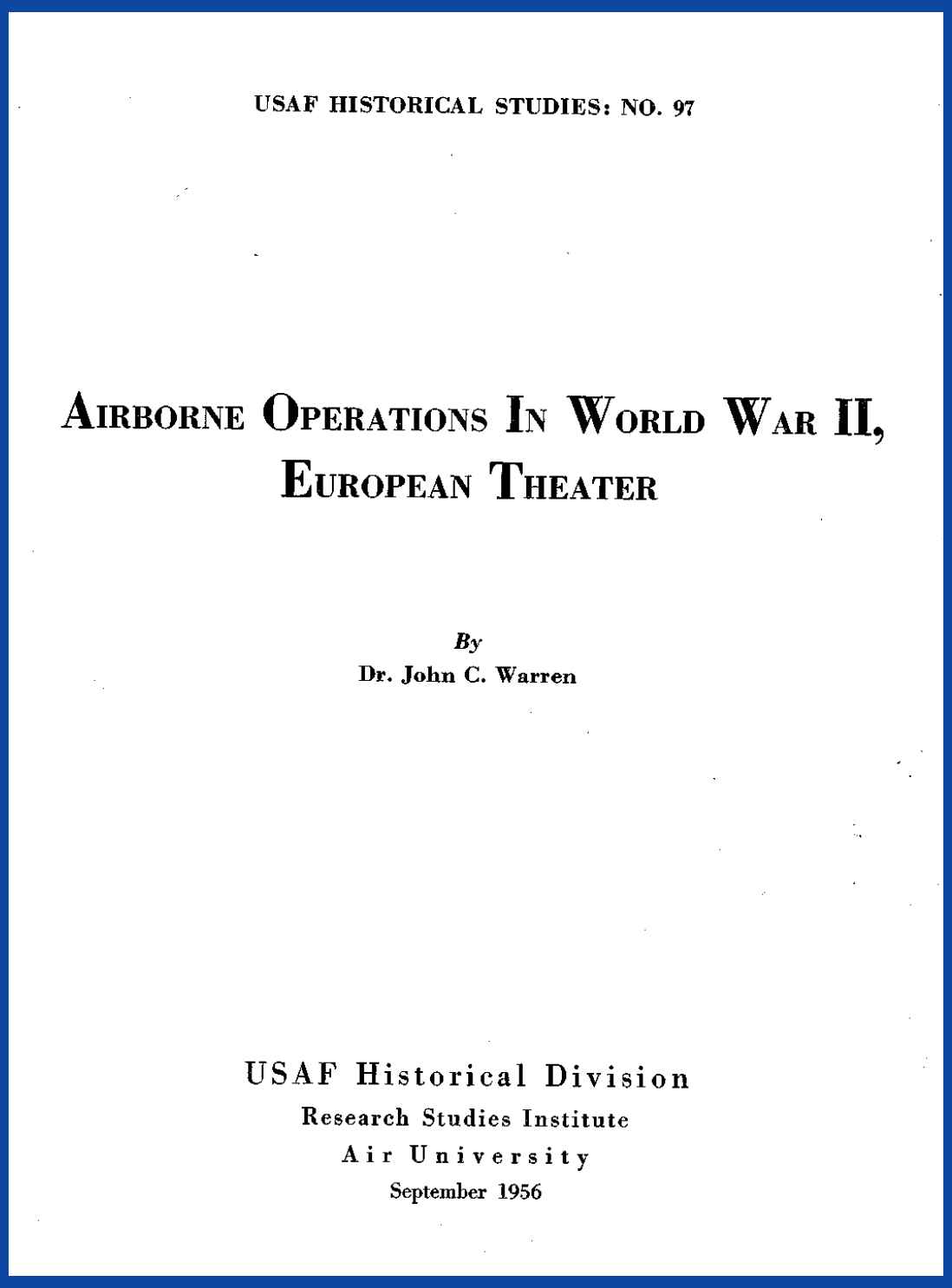Notable Events in History
(A) Delusional Events
We start this page with a three-volume book written by Charles Mackay in the 19th century and titled "Extraordinary Popular Delusions and the Madness of Crowds." The author labeled a number of events "delusion" and described them in detail. This is the first two lines of the Preface:
"In reading the history of nations, we find that, like individuals, they have their whims and their peculiarities; their seasons of excitement and recklessness, when they care not what they do. We find that whole communities suddenly fix their minds upon one object, and go mad in its pursuit; that millions of people become simultaneously impressed with one delusion, and run after it, till their attention is caught by some new folly more captivating than the first."
How do we know that a nation is in the middle of a delusion? If the nation is in the middle of a delusion, how do we navigate around it? It might be useful to study past delusion events.
Memoirs of Extraordinary Popular Delusions (Vol. 1)
Memoirs of Extraordinary Popular Delusions (Vol. 2)
Memoirs of Extraordinary Popular Delusions (Vol. 3) (file size: about 23 MB)

Below is a tulip displayed in a 1637 Dutch catalogue during the tulip mania mentioned in Mackay's book. The offer price of the tulip was between 3,000 to 4,200 Dutch currency while a skilled craftsman at that time earned about 300 a year.

(B) World War One (1914-1918)
World War I was an international conflict that began in July1914 and ended in November 1918. The war pitted the Central Powers, mainly Germany, Austria-Hungary, and Turkey, against the Allies, mainly France, Great Britain, Russia, Italy, Japan, and, from 1917, the United States. It ended with the defeat of the Central Powers. Fighting started in Europe and expanded into the Middle East, Africa, and parts of Asia. One of the deadliest conflicts in history, an estimated 9 million people were killed in combat, while over 5 million civilians died from military occupation, bombardment, hunger, and disease. Millions of additional deaths resulted from the 1918 influenza pandemic, which was exacerbated by the movement of combatants and refugees during the war.
World War I was one of the great watersheds of 20th century geopolitical history. It led to the fall of great imperial dynasties in Germany, Russia, Austria-Hungary, and Turkey. The war resulted in the Bolshevik Revolution leading to a communist government in Russia. In destabilizing the European society, the war laid the groundwork for World War II.
Below are four books on World War One:
(1) Reflections on the World War
The author, Theobald Theodor Friedrich Alfred von Bethmann Hollweg (29 November 1856 – 1 January 1921), was a German politician and the Imperial Chancellor of the German Empire from 1909 to 1917. According to the Foreword of the book, he wrote the book before the end of the war. Thus this book offers a rare perspective from a person who was a participant in the war.

(2) The origins of the World War
This book was written by Sidney Bradshaw Fay (13 April 1876 – 29 August 1967). He was a historian. His book, The Origins of the World War, which examines the causes of World War 1, remains a classic study and won the 1928 George Louis Beer Prize of the American Historical Association.
The origins of the World War (Volume I) (file size: about 25 MB)
The origins of the World War (Volume II) (file size: about 26 MB)

(3) The Origins of the War (1871-1914)
The author, John Holland Rose (28 June 1855 – 3 March 1942) was an influential English historian. He was the first Vere Harmsworth Professor of Naval History at the University of Cambridge between 1919 and his retirement in 1933.
The Origins of the War (1871-1914) (file size: about 11 MB)

(4) The Roots and Causes of the Wars (1914-1918)
The author, John Skirving Ewart, QC (August 11, 1849 – February 21, 1933) was a Canadian lawyer and author.
The Roots and Causes of the Wars (1914-1918), Vol. 1, pages 1-376 (file size: about 20 MB)
The Roots and Causes of the Wars (1914-1918), Vol. 1, pages 377 to end (file size: about 15 MB)
The Roots and Causes of the Wars (1914-1918), Vol. 2 (file size: about 26 MB)

(C) World War Two (1939-1945)
World War II or the Second World War was a global war that lasted from 1939 to 1945. It was a total war that directly involved more than 100 million personnel from more than 30 countries forming two opposing military alliances: the Allies and the Axis powers. The Allied countries included China, England, Russia and USA. The Axis countries included Germany, Italy and Japan.
The causes of World War II are debated, but contributing factors included the Second Italo-Ethiopian War, the Spanish Civil War, the Second Sino-Japanese War, the Soviet–Japanese border conflicts, the rise of fascism/Nazism in Europe and rising European tensions since World War I. World War II is generally considered to have begun on September 1, 1939, when Nazi Germany, under Adolf Hitler, invaded Poland. The United Kingdom and France subsequently declared war on Germany on September 3.
The war in Europe concluded with the liberation of German-occupied territories and the invasion of Germany by the Allies, culminating in the fall of Berlin to Soviet troops, Hitler's suicide, and the German unconditional surrender on 8 May 1945. Following the refusal of Japan to surrender on the terms of the Potsdam Declaration (issued 26 July 1945), the United States dropped the first atomic bombs on the Japanese cities of Hiroshima on 6 August and Nagasaki on 9 August. Faced with an imminent invasion of the Japanese archipelago, the possibility of additional atomic bombings, and the Soviet Union's declared entry into the war against Japan on the eve of invading Manchuria, Japan announced on 10 August its intention to surrender, signing a surrender document on 2 September 1945.
The war ended not too long ago and its effects are still being felt. The history of the Second World War is open to dispute because many countries have incentives to write/rewrite the war history to help their national interests. We present a few books to get a glimpse of the war. Note that we need to read them with a grain of salt.
(1) World War II
This book provides a detailed timeline of the war. It also contains extensive lists of references. However, there is no information on the author of the book.

(2) World War II (C. L. Sulzberger)
The author, Cyrus Leo Sulzberger II (1912 – 1993) was an American journalist, diarist, and non-fiction writer. He was a member of the family that owned The New York Times and he was that newspaper's lead foreign correspondent during the 1940s and 1950s.

(3) The authors of the books below were associated with the USA military. Thus, readers should use their own judgment in evaluating the books. They are presented here because they provide details of important combats, which could be interesting.
Pearl to V-J Day (World War II in the Pacific)

General Kenney Reports -- A Personal History of the Pacific War

Airborne Operations in World War II, European Theater

Case Studies in the Achievement of Air Superiority
(4) Publications on the social and economic situations during and before the war:
Towards the Holocaust - The Social and Economic Collapse of the Weimar Republic


(D) Standard Oil Company (1870-1911)
Standard Oil Company was an American oil production, transportation, refining, and marketing company that operated from 1870 to 1911. At its height, Standard Oil was the largest petroleum company in the world, and its success made its co-founder and chairman, John D. Rockefeller, one of the wealthiest Americans of all time and one of the richest people in modern history. Its history as one of the world's first and largest multinational corporations ended in 1911, when the U.S. Supreme Court ruled that it was an illegal monopoly. If you want to read the Supreme Court ruling, you can find it on the Supreme Court opinions page.
Below is a portrait of Rockefeller in 1872 shortly after he found Standard Oil:

The author of the book below, The History of the Standard Oil Company, is Ida Minerva Tarbell (November 5, 1857 – January 6, 1944). She was an American writer, investigative journalist, biographer and lecturer. She was one of the leading muckrakers of the Progressive Era of the late 19th and early 20th centuries and pioneered investigative journalism. Tarbell is best known for her 1904 book "The History of the Standard Oil Company." The book was published as a series of articles in McClure's Magazine from 1902 to 1904. It has been called a "masterpiece of investigative journalism", by historian J. North Conway, as well as "the single most influential book on business ever published in the United States" by historian Daniel Yergin. The work would contribute to the dissolution of the Standard Oil monopoly and helped usher in the Hepburn Act of 1906, the Mann-Elkins Act, the creation of the Federal Trade Commission (FTC) and the Clayton Antitrust Act.
The History of the Standard Oil Company (Vol. 1) (file size: about 11 MB)
The History of the Standard Oil Company (Vol. 2) (file size: about 11 MB)

(E) Diseases Responses (mainly 20th century)
How does an organization respond to an enemy against the organization? To focus our study, we limit the enemy to diseases.
(1) Bovine Tuberculosis
Bovine tuberculosis is a contagious disease caused by bacteria. It was once the most prevalent infectious disease of cattle and swine. For example, in the United States bovine tuberculosis caused more losses among U.S. farm animals in the early part of the 20th century than all other infectious diseases combined.

Below is a paper on the disease published by Veterinary Medicine International. The first three pages provide background information on bovine tuberculosis.
Perspectives on the History of Bovine TB and the Role of Tuberculin in Bovine TB Eradication

Bovine tuberculosis also caused major losses in Britain. The book below (300+ pages) provides a detailed study of how the British government dealt with the disease. The efforts of the government was not pretty.
Vermin, Victims and Disease - British Debates over Bovine Tuberculosis and Badgers

(2) Vaccination
Faced with human infectious diseases, many countries in the world engaged in vaccination campaigns. The book below examines vaccination in countries across several continents.
The Politics of Vaccination - A Global History

(F) The Communist Manifesto (1848)
Whether one agrees with communism or not, we can all agree that it has had profound impacts on the world. In 1848 German philosophers Karl Marx and Friedrich Engels published the Communist Manifesto. It is rather short (compared to its impacts). The Manifesto is recognized as one of the world's most influential political documents. It discusses how the capitalist society of the time would eventually be replaced by socialism. In 2013, The Communist Manifesto was registered to UNESCO's Memory of the World Programme.
This is the last paragraph of the Manifesto:
"Communists scorn to hide their views and aims. They openly declare that their purposes can only be achieved by the forcible overthrow of the whole extant social order. Let the ruling classes tremble at the prospect of a communist revolution. Proletarians have nothing to lose but their chains. They have a world to win. PROLETARIANS OF ALL LANDS, UNITE!"
Below is a book on the Communist Manifesto. If you want to read the Manifesto itself and not the lengthy Explanatory Notes, you can read pages 25-72 of the book.

Below are the biography of the two authors of the Manifesto. Note that Karl Marx and Friedrich Engels are controversial figures even today. Thus the biography may not be completely neutral.
Karl Marx - A Biography (The author, David McLellan, is currently visiting Professor of Political Theory at Goldsmiths' College, University of London. He was previously Professor of Political Theory at the Department of Politics and International Relations at the University of Kent.)

Friedrich Engels - A Biography (The author, Gustav Mayer (1871 – 1948), was a German journalist and historian with a particular focus on labor movement. He fled Nazi Germany in 1933 and lived the final years of his life in England. He was a professor on History of Political Parties, initially at the University of Berlin and later at Frankfurt am Main.)

(to be continued)